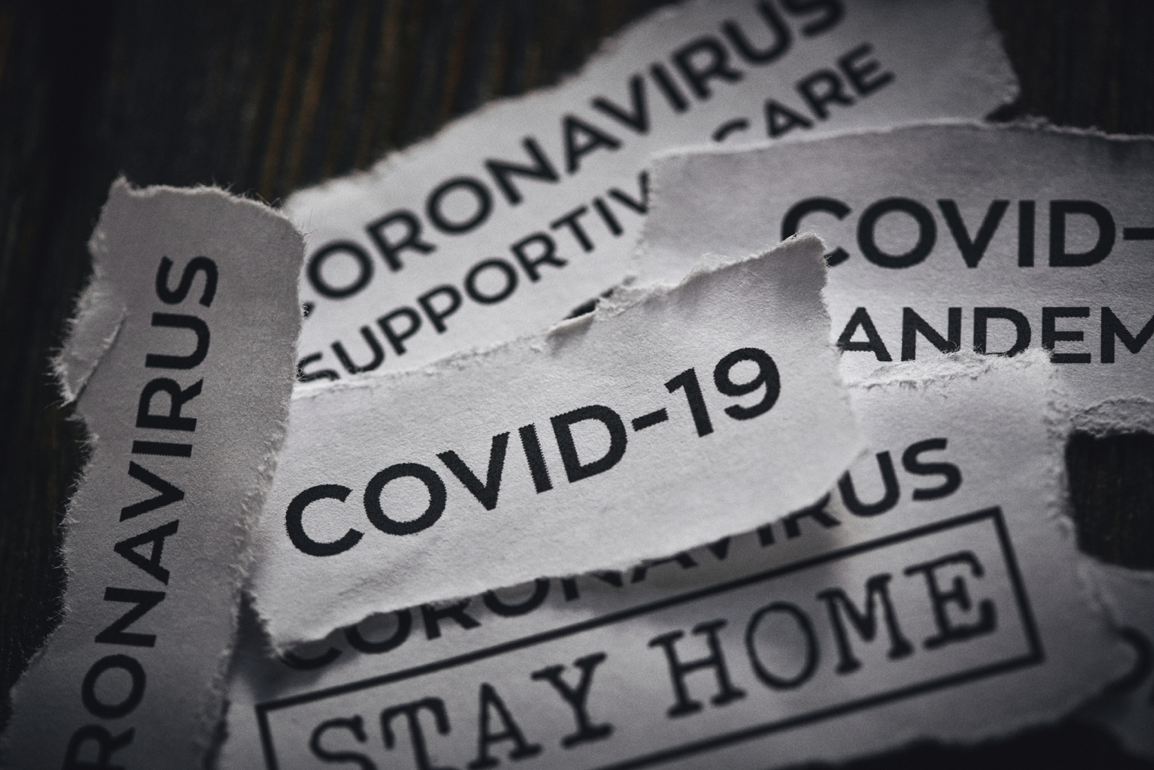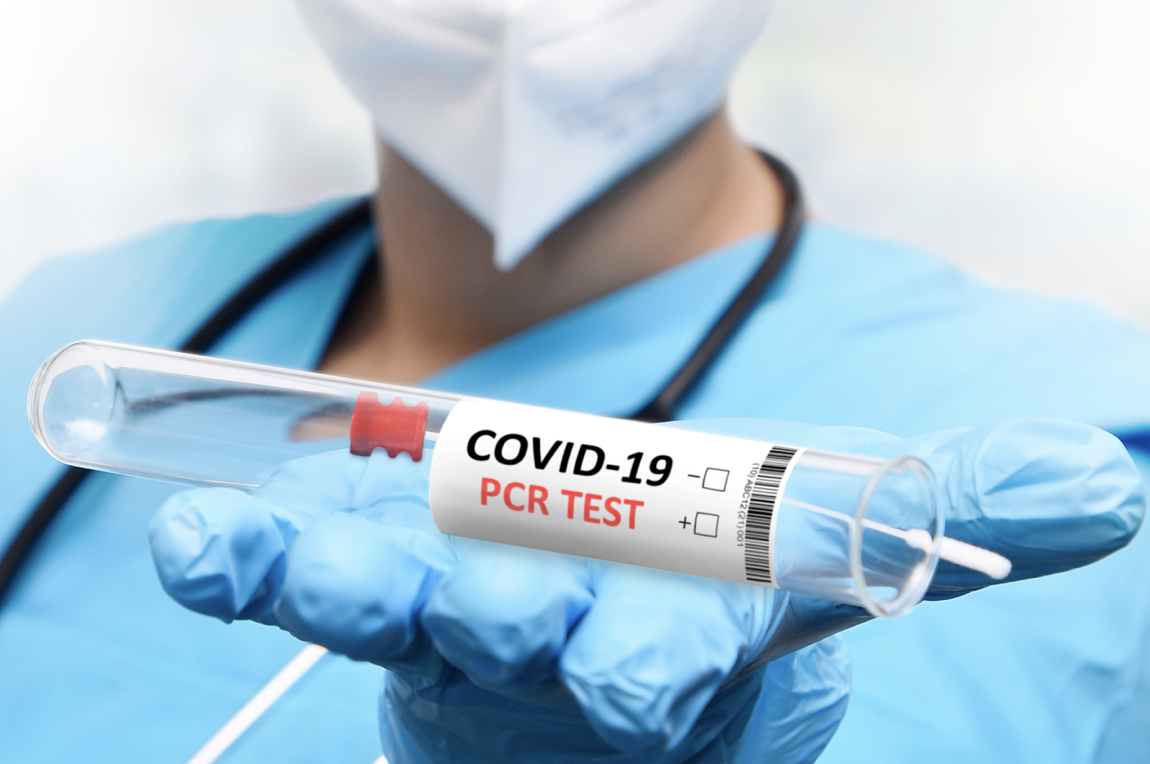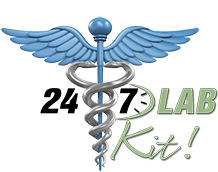Is COVID-19 Over?

Is COVID-19 over?
The question has been looming on everyone’s mind since the pandemic began in March 2020. That said, the answer is not a straightforward “yes” or “no.”
To address whether COVID-19 is over, we need to consider multiple aspects. While the World Health Organization downgraded COVID-19 from a global emergency in May 2023, COVID-19 is still contractable and seemingly here to stay.
Now, whether COVID-19 is still a cause for concern is an entirely different story.
Factors of Consideration

The global vaccination effort has played a vital role in controlling the spread of the virus. From Pfizer-BioNTech and Moderna, numerous vaccines have been developed and distributed worldwide to help curb the transmission and reduce the severity of the disease. While some areas have significantly reduced cases and deaths, others are still experiencing surges. Since the availability and distribution of vaccines have not been equal across all regions, there have been challenges in achieving herd immunity.
This disparity means we need to approach the situation with caution and continued vigilance.
Furthermore, new variants of the virus have emerged, such as the Delta variant, which appears to be more transmissible and has led to surges in cases in some areas. This highlights the importance of ongoing surveillance and adaptability in our response to COVID-19.
The concept of herd immunity is a crucial factor in determining if COVID-19 is over. Herd immunity occurs when enough people in a population have either been vaccinated or have developed natural immunity after recovering from the virus. Achieving herd immunity is essential as it can protect vulnerable individuals who may not be able to receive the vaccine due to medical conditions or age.
The percentage of the population required for herd immunity varies depending on the virus’s characteristics and how contagious it is. With more infectious variants like Delta, the threshold for herd immunity becomes higher.
It’s essential to understand that the COVID-19 situation is dynamic and ever-changing. Achieving herd immunity and eventually declaring the pandemic over is a complex process that depends on various factors, including vaccine distribution, public health measures, and individual behavior.
Another aspect to consider is the potential need for booster shots. The virus’s ability to mutate and produce new variants might necessitate updated vaccines to maintain protection against emerging strains. Many pharmaceutical companies and health organizations are working to develop and administer booster shots to enhance immunity and stay ahead of the virus’s evolution.
Vaccination rates have been relatively high in some regions, leading to declining cases, hospitalizations, and deaths. As a result, these areas have eased restrictions and returned to a semblance of normalcy. (Remember the lockdowns, travel restrictions, and social distancing guidelines that also helped control the outbreaks?)
However, even in these places, it’s essential to remain cautious and continue monitoring the situation to prevent a resurgence.
The Silver Linings

While COVID-19 is no longer a global emergency, it has had far-reaching consequences beyond public health. After all, the pandemic impacted economies, education, mental health, and social dynamics, and the long-term impact of these broader issues may not be known for quite some time.
One thing’s for sure, our relationship with technology got a turbo boost. Remember those early days of Zoom and video calls when we were all trying to figure out how to unmute ourselves? Well, fast forward to now, and we’re practically pros. Zoom meetings, virtual events, and online classrooms have become staples in our lives. And you know what? They’re probably here to stay. The pandemic pushed us to embrace the digital world like never before, reshaping how we communicate, learn, and even entertain ourselves.
But it’s not just about technology, is it? Our values and priorities have undergone a bit of a makeover too. Suddenly, spending time with loved ones became a luxury we couldn’t take for granted. Hugs and handshakes became precious commodities, and we realized the importance of human connection in a whole new light. As the world slowed down, we started to appreciate the simpler things – a leisurely stroll in the park, a heartfelt conversation over the phone, or a home-cooked meal shared with family. It’s like we hit the reset button on what truly matters.
And let’s not forget about work. The traditional 9-to-5 office grind? Well, it got a serious makeover. Remote work became the norm, blurring the lines between our professional and personal lives. Some of us found ourselves juggling spreadsheets and sippy cups, while others learned to navigate the art of virtual collaboration. This shift has sparked conversations about work-life balance, the future of office spaces, and the importance of flexibility.
So, here we are, standing at the crossroads of history, pondering the long-term impact of this pandemic. It’s like we’re redefining the very fabric of our existence. While it’s true that we’ve faced hardships and uncertainties, we’ve also uncovered newfound strengths and opportunities. We’re crafting a new narrative where resilience, adaptability, and empathy take center stage.
As we step into the future, hopefully, we’ll carry these lessons from the pandemic with us.
Conclusion

While there have been positive developments in the fight against COVID-19, the situation remains complex and uncertain. The pandemic is not “over” in the traditional sense, but progress has been made in various regions through vaccination efforts and public health measures.
That said, the emergence of new variants and disparities in vaccine distribution reminds us that it’s too early to let our guard down. Continued vigilance, adherence to public health guidelines, and equitable vaccine access are essential to a successful response.
The global community must continue to work together to control the spread of the virus and mitigate its impacts. The goal of ultimately declaring COVID-19 over requires a collective effort, and each individual has a part to play in this process.
With the evolution of COVID-19 testing, you can now test for the virus from the comfort of your home through at-home tests like the 247Labkit COVID-19 PCR Test Kit. You can expect to receive your results via email within one to two days and access to supplementary medical materials. Expert medical professionals focusing on diagnostic testing thoroughly review and analyze all samples.
Let’s remain optimistic but also realistic as we navigate these unprecedented times. Stay informed, follow guidelines from health authorities, and care for yourself and others.







Comments are closed